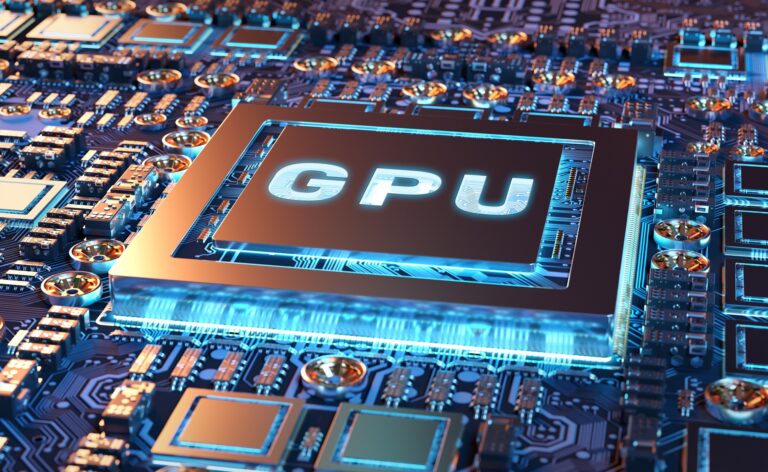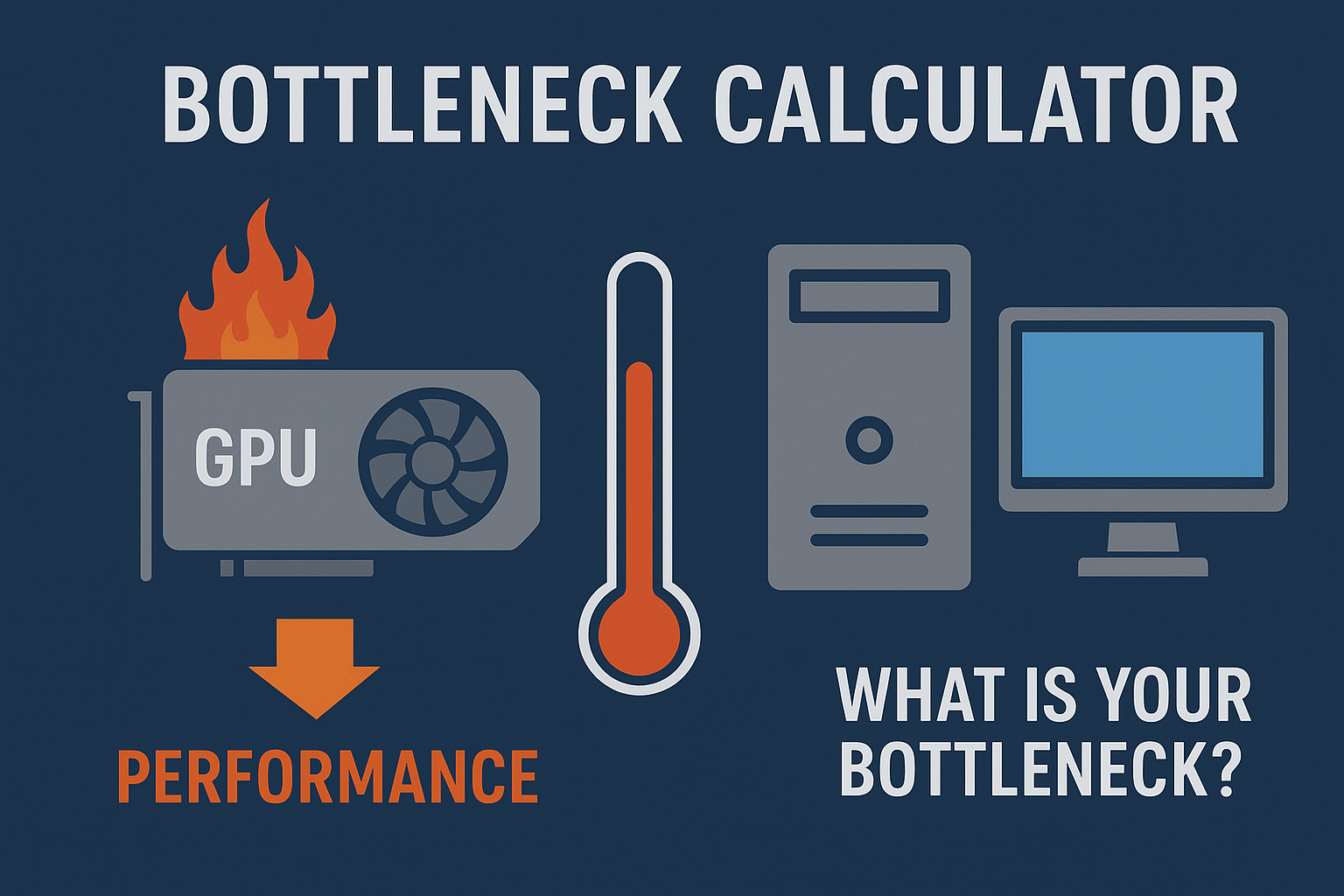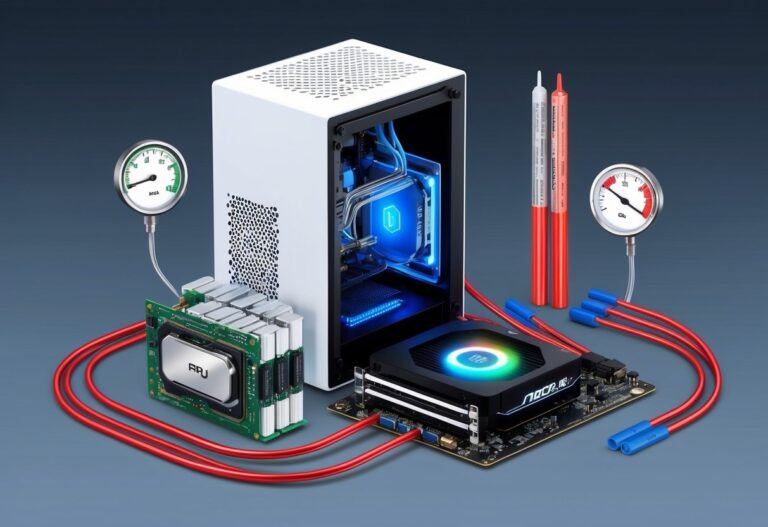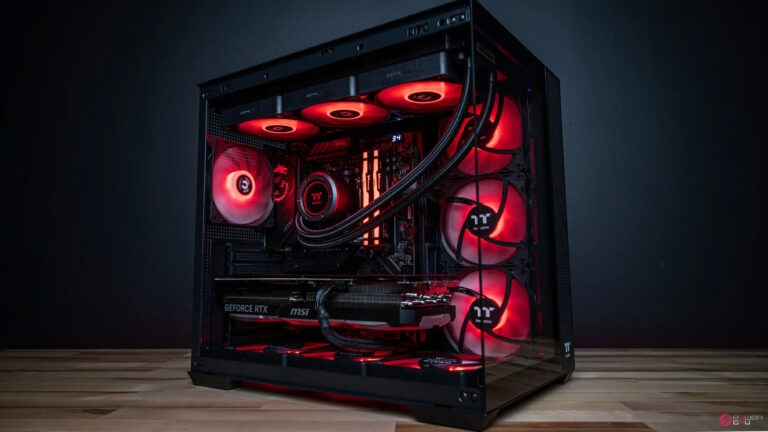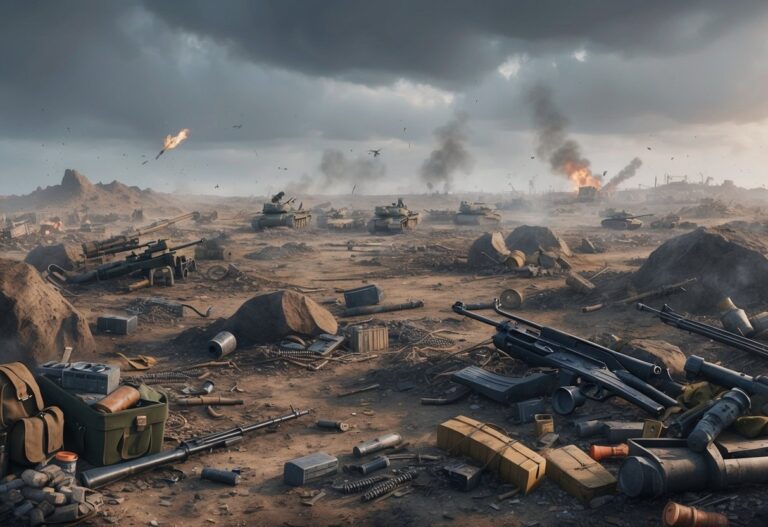Key Differences and Practical Applications

In recent years, Virtual Reality (VR) and Augmented Reality (AR) have transformed how we experience the digital world. Bottleneck calculator Although they sound similar, they offer very different experiences, use cases, and technical demands. Understanding the key differences can help users, developers, and even gamers make smarter choices—especially when it comes to PC performance and hardware optimization can check Bottleneck Calculator
What Is Virtual Reality (VR)?
Virtual Reality immerses the user in a fully digital environment. When you wear a VR headset, you’re cut off from the real world and placed in a 360-degree virtual space—whether it’s a game, a training simulation, or a virtual meeting room.
To run VR smoothly, you need a powerful PC setup. VR is extremely demanding on the CPU and GPU and if either one falls short, you may experience lag stuttering or motion sickness. This is where a bottleneck calculator comes in handy it helps you find the right balance between CPU and GPU to ensure optimal gaming performance in VR.
What Is Augmented Reality (AR)?
In contrast Augmented Reality enhances your real world surroundings by overlaying digital elements. Think of apps like Sound Buttons Go or tools that let you meme sound funny sound in your videos.
AR typically runs on mobile devices or lightweight headsets and has less intensive hardware requirements than VR. However, for developers or professionals building AR applications on a PC, PC optimization is still important for real-time rendering and responsiveness.
Key Differences Between VR and AR
| Feature | Virtual Reality (VR) | Augmented Reality (AR) |
|---|---|---|
| Environment | Fully virtual | Real world with digital overlay |
| Immersion | Complete isolation from reality | Interactive with real environment |
| Devices Used | VR headset (e.g., Oculus, HTC Vive) | AR glasses, smartphones, tablets |
| Hardware Needs | High-end PC (check for CPU GPU bottleneck) | Medium to low depending on use case |
| Best For | Gaming, simulations, virtual tours | Navigation, education, retail, healthcare |
VR in Gaming
Gamers love VR for its immersion offer intense interactive gameplay but only if your PC performance is up to the task. A CPU GPU bottleneck in your system could cause frame drops or overheating. Using a bottleneck calculator before upgrading your rig ensures you get the best performance without overpaying for mismatched parts.
AR in Everyday Life
AR shines in more practical real-world applications. For example
- Retail Try on clothes or glasses virtually
- Education Interactive 3D models in textbooks
- Healthcare AR-assisted surgeries or diagnostics
- Navigation Real-time directions overlaid on your view
AR apps are often lightweight but still benefit from a well-optimized PC for development and testing purposes.
Optimizing Your PC for VR and AR
Even though AR is less demanding both technologies benefit from PC optimization especially for creators engineers and gamers. Here are a few tips
- Use a bottleneck calculator before buying new components
- Monitor CPU and GPU load while running VR/AR apps
- Keep your drivers updated for maximum gaming performance
- Consider your RAM and storage speed for smoother multitasking
Final Thoughts
VR and AR are revolutionizing how we interact with technology each in its own way. VR offers full immersion while AR enhances the world around us. Whether you re a gamer a developer or just a tech enthusiast understanding the differences and preparing your system accordingly can help you get the most out of either experience.
Don t forget to check your hardware setup using a bottleneck calculator to avoid performance issues. With the right tools and a well-balanced system you re ready to explore the future whether it s virtual or augmented


